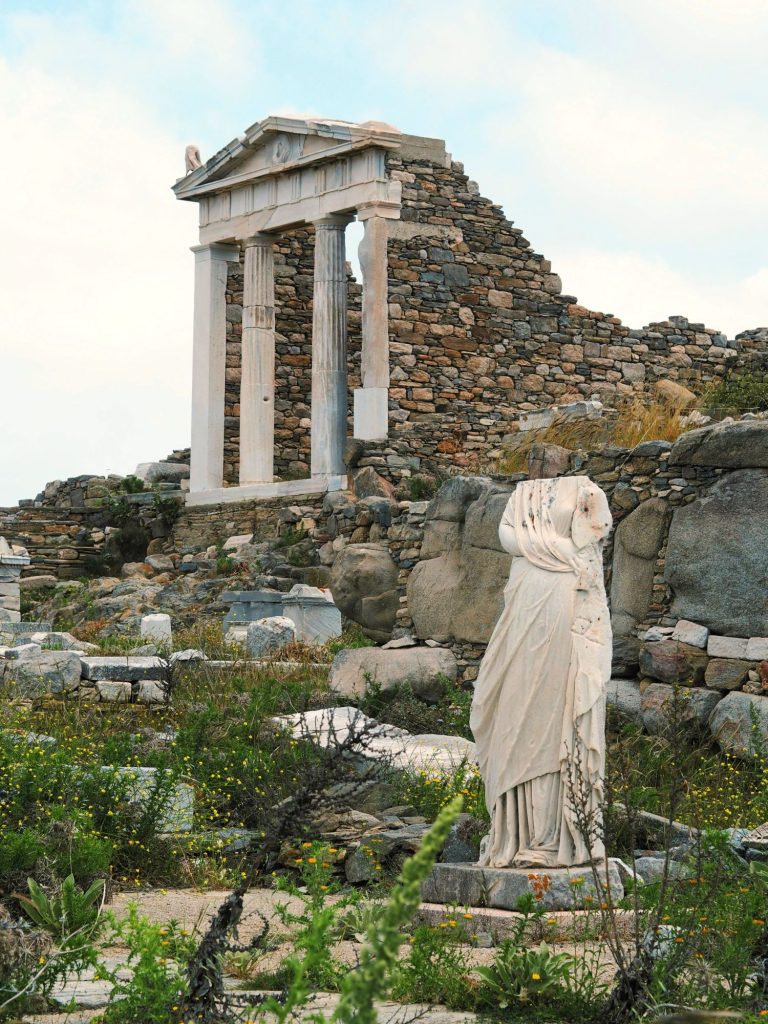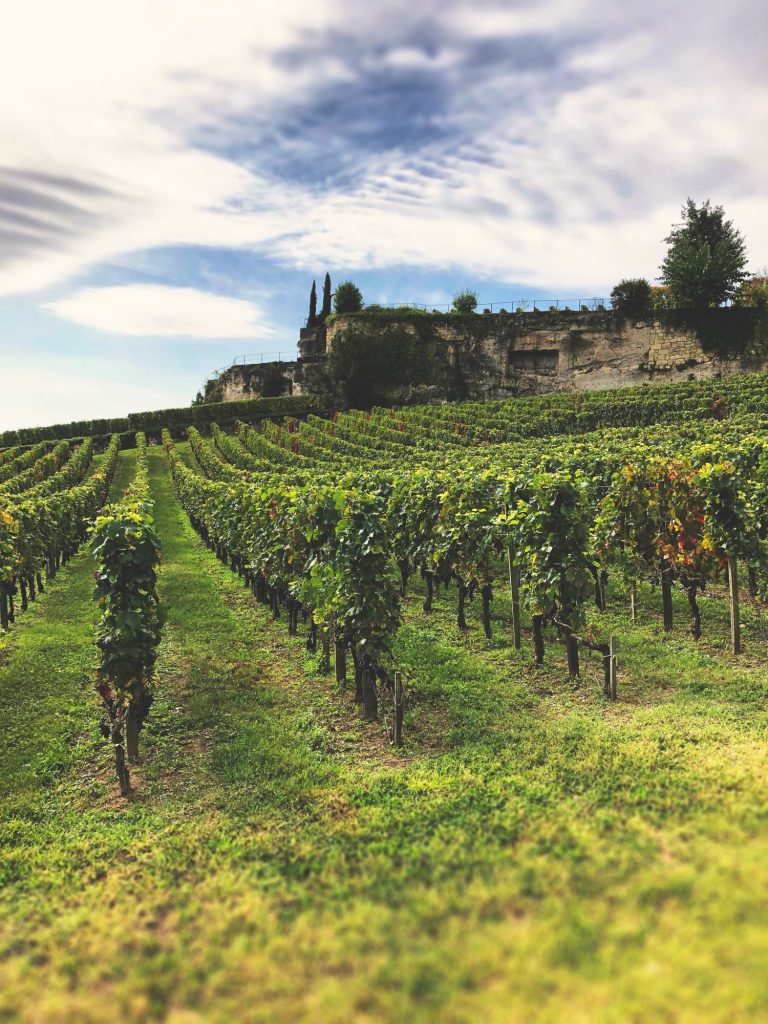As the birthplace of many great civilizations and the continent that colonized the New World and beyond, it goes without saying that Europe is indeed awash in history. In fact, aside from the delicious food and leisurely pace, most visitors seek to immerse themselves in this historical heritage when they travel to the Old Continent. Of the nearly 500 UNESCO sites in Europe, here are 12 that we think must be seen in a lifetime.
From Bruges to England, via Andalusia and the Swiss Alps, bon voyage!
Which European country has the most UNESCO heritage sites?
Italy boasts a total of 59 sites as of 2023. These encompass a wide range of cultural and natural properties, underlining Italy’s rich cultural heritage and breathtaking landscapes. The country’s lead is followed closely by France and Germany, each with 52 sites. The unique cultural values and historical significance of each of these sites make Europe a treasure trove of UNESCO heritage famous landmarks.
Venice and its lagoon

No one will be surprised to see Venice at the top of this list. This mythical Italian city is undoubtedly a feast for the eyes and a place of extraordinary beauty. But what really sets Venice, its lagoon and its 118 islands apart? It’s that they are listed under ten different selection criteria – as opposed to most of the other sites listed below, which only meet two or three.
In addition to its obvious architectural and artistic riches, Venice also bears witness to the distant era when it was the link between East and West. It was from here that Marco Polo set out on his great expedition in the 13th century. He was followed by wealthy merchants with an entrepreneurial spirit who strengthened Venetian authority throughout the Mediterranean.
Works of Antoni Gaudí

Few architects can claim to have left as indelible a mark on their city as Antoni Gaudi with his seven imaginative Barcelona masterpieces:
- Parque Güell
- La Casa Milà-La Pedrera
- La Casa Batlló
- and La Sagrada Familia, to name a few.
The latter is still under construction, 90 years after the tragic death of its designer. All agree that his achievements represent an exceptional contribution to Barcelona’s architectural, technological and artistic heritage. His unique and highly personal approach was inspired by the Catalan Modernist movement and, perhaps most importantly, by nature and its elements.
Plitvice Lakes National Park

Talk about a natural wonder! The Plitvice Lakes is indeed one of Europe’s most beautiful areas, and a continuously changing one at that, as the geological process is still very much active today. Waterfalls, caves, and turquoise-coloured lakes are quite common at Plitvice and are home to exceptional fauna, including wolves and bears, but also rare birds. An ornithologist’s paradise!
Assuredly one of the main attractions in Croatia, and rightfully so.
Delos


Delos is one of those places where reality and fiction play an equally inherent role; as Apollo’s and Artemis’ birthplace (in theory) and as the Aegean Sea’s largest trade port back in the Hellenistic period (in fact), this microscopic island just off Mykonos is without a doubt one of the most archeologically significant places in the Cyclades.
When it comes to ancient Greek scenarios and time travel, Delos is the place to be.
Canal Ring of Amsterdam

Amsterdam is without a doubt a marvel of civil engineering and urban planning; did you know that in the 18th century, the Dutch capital was, in fact, considered an ideal city and served as reference for many other cities around the world?
Historically speaking, Amsterdam is a purpose-built and entirely artificial port city located a whopping two metres under sea level and comprising a vast network of concentric canals (which help drain water from surrounding swampland) stretching over 100 kilometres, almost 2000 bridges, and hundreds of thousands of piles. This cohesive, compact layout led the way to a homogenous urban ensemble filled with gabled facades and historic warehouses, a testament to Holland’s former maritime enrichment.
Brú na Bóinne – Archaeological Ensemble of the Bend of the Boyne

An integral part of the ancestral lands of eastern Ireland, the Bend of the Boyne contains three absolutely fascinating prehistoric sites. This makes it the largest concentration of megalithic sites in Europe:
- Newgrange
- Knowth
- Dowth
The region has long been associated with spirituality due to its tombs, which are older than the pyramids of Giza. But they were not only used for pagan burial rites. On the contrary! They were also used for astronomical celebrations (such as the equinox sunrise). This is proven by the petroglyphs engraved inside. We’re talking over 5,000 years of history here, just outside Dublin.
Stonehenge

Strange things went down in Wiltshire in the Bronze Age! Stonehenge may be the world’s most sophisticated stone circle but the ominous, gloomy megalith sanctuary is just as much a mystery to us now than it was hundreds of years ago; no one seems to agree on how druids got these massive stones all the way from Wales and laid them out in such precise, orderly manner. In fact, scientists are still actively studying the astronomical, architectural, and ceremonial implications of the holy menhirs 3000 years after Stonehenge’s assessed completion.
And it’s so easy to get there! Stonehenge is one of the most popular day trips from London.
Saint-Emilion

The bucolic wine-growing region of Saint-Émilion, just outside Bordeaux, has played a prominent role since Roman times. And why is that? Because of the historical significance of its wine production. Because Bordeaux is the wine capital of France! The panorama of vine-covered hills and châteaux has changed little in 2000 years.
Saint-Émilion’s trade has always benefited from its location on the pilgrimage route to Santiago de Compostela, which continues to grow in popularity.
Historic Centre of Bruges

Did you know that Bruges was a major trading port in the Middle Ages and an important figure in the golden age of the Hanseatic League?
Although no longer as dominant on a global scale, the city still boasts one of the finest collections of medieval architecture in Europe. It still attracts tourists today thanks to its imposing bell tower. However, like many belfries elsewhere in Europe, this one was built for the sole purpose of proving that the city was prosperous, and in fact serves absolutely no purpose…
What else can you see in the historic center of Bruges? Its colorful market square, bucolic network of canals and extravagant Gothic city hall.
The Loire Valley

Covering more than 800 square kilometers, the Loire Valley area is home to 164 of France’s most magnificent villages and chateaux. That this part of Europe has been included in the UNESCO World Heritage list makes perfect sense, given the impact these rich estates (and their delicious vineyards and orchards) had on not only French but also Western European culture, architecture, and art de vivre during the notoriously hedonistic Renaissance.
It’s also a perfect destination to fly to and from Nantes, not far from here, and discover its history!
Historic center of Cordoba

In the heart of Andalusia, Spain, lies an architectural marvel that has preserved the imprint of the many civilizations that have succeeded one another. With its narrow streets, flower-filled patios and historic monuments, Cordoba’s historic center is a journey through time and an open-air museum.
One of the most emblematic sites is the Mosque-Cathedral of Cordoba, a perfect example of Islamic religious architecture at its height during the Caliphate of Cordoba, between 929 and 1031, transformed into a cathedral in the 13th century under Ferdinand III the Saint.
If you’re planning to explore Andalusia, make sure to plan a stop in Cordoba.
The terraced vineyards of Lavaux

Lavaux, in Switzerland, is a popular destination for wine and nature lovers. Classified as a UNESCO World Heritage Site, it offers exceptional panoramic views of the Lake Geneva region and the Alps.
The terraced vineyard, which extends for approximately 30 km, is a masterpiece of unique landscape architecture. The narrow terraces, supported by stone walls, are the work of generations of winegrowers and reflect the know-how of their ancestors.
For an unforgettable experience, you can also explore the 800 hectares of terraced vineyards on foot or by bicycle.






